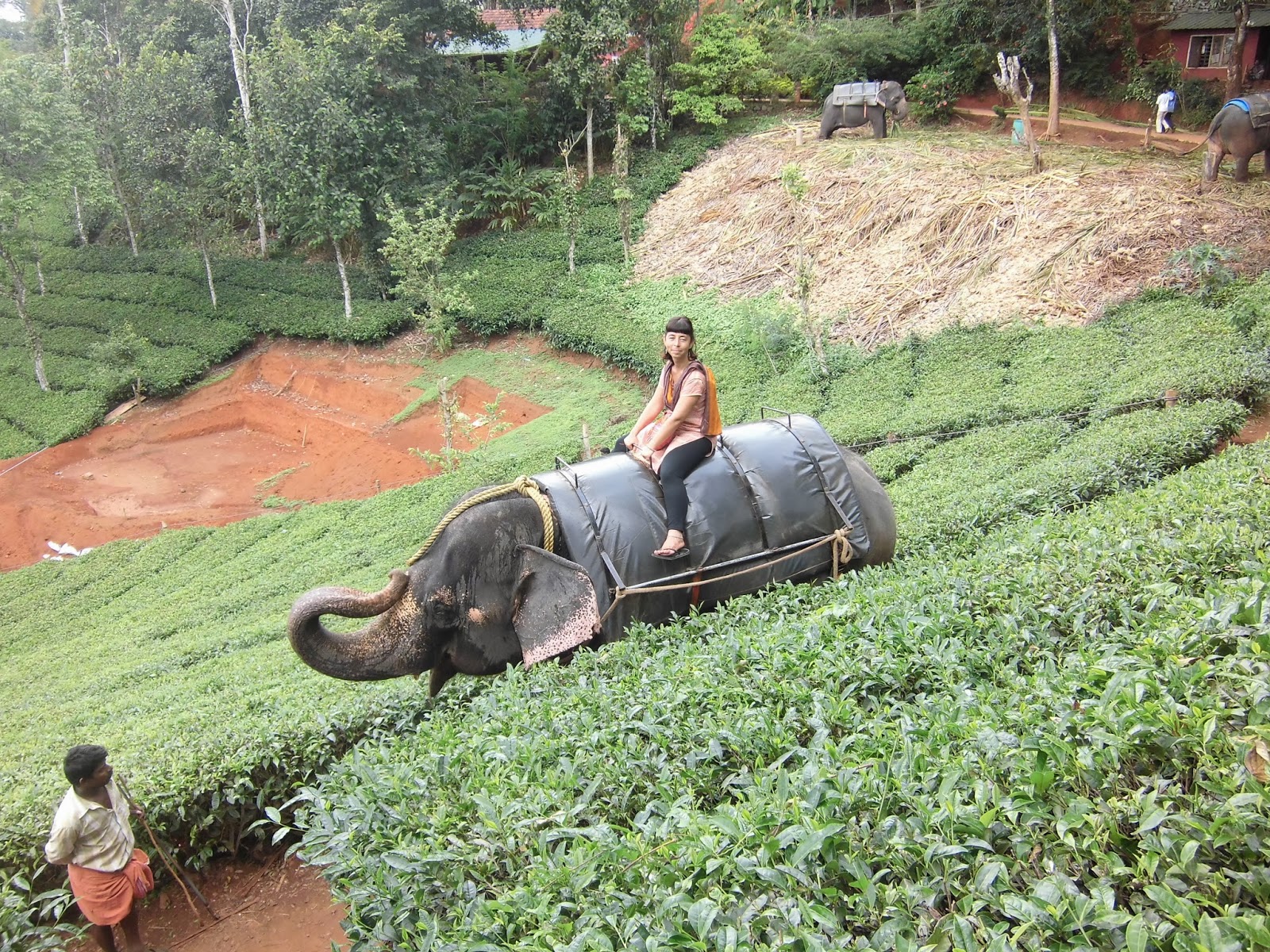The moment I stepped in India I received a
garland of flowers together with a welcome song. Apart from making me feel
embarrassed (since I’m extremely shy), I felt flattered.
Flowers are seen as a symbol of wishing good
luck when given as a gift. That must be the reason why they gave me a bunch of
flowers when I arrived at the school. Since the two bosses didn’t know me yet, they
wanted me to be lucky. Later they changed their minds!
India, apart from having a national flag (Tiranga),
a national anthem (Jana-gana-mana), a national song (Vande Mataram), a national
pledge, a national game (hockey, though cricket is more popular), a national
animal (tiger), a national tree (banyan), and a national bird (peacock), has a
national flower: the lotus or water lily.
The lotus has cultural heritage and is
considered very auspicious. In Sanskrit it’s called ‘nalini’ which means sacred
and mystic. The lotus flower symbolizes detachment from the surroundings, be it
good or bad. They acknowledge the lotus as absolute beauty, purity and
prosperity and the symbol of eternal life. Hinduism says that within each human
dwells the spirit of the sacred lotus. In the postures of Hatha Yoga the lotus
position, padmasana, is adopted by those striving to reach the highest level of
consciousness, which itself is found in the thousand-petaled lotus chakra at
the top of the head.
Hindus often offer
fresh flowers, as well as food, to their deities as a symbol of love and
devotion.
And the presence of
flowers is abundant in the portrayals of their numerous gods and goddesses.
Flowers are considered the best offering that can be given to the deities in
temples.
In Indian homes (hindu
or not) you can always see garlands of flowers around the pictures of their
deceased relatives.
At weddings, flowers
are as important as the bride and the groom. There are festivals entirely dedicated
to flowers, such as Bathukamma (the photo doesn’t refer to that one).
They also use
flowers to decorate animals for special occasions, such as Sankranthi.
They serve them to
protect vehicles, not to have accidents.
We could say, therefore, that
flowers play a culturally significant role in Indian culture.
So as flowers are
used for everything you can see people selling garlands and strands of flowers
which sellers assemble in front of you, or flowers and petals by the kilo so
that you can make the strings yourself at home.
Women are really
skillful at making them. In no time at all
they tie a metre of them! As you can see in the shot, I had a good instructor: Uday’s
mother. She tried to teach me, but I was useless. I guess it’s a matter of practice!
But my real worry
was the strands of flowers women pin up in their hair. On special occasions,
for instance birthdays, women string big strands, like the one Rhunda is
wearing in the picture.
But girls and women
put flowers on their heads every single day. And they didn’t want me to be an
exception, so… I had never, ever in my whole life put any flowers on my head,
not even for the Holy Communion when all the girls have some of those cheesy
flowery tiaras! In the beginning, every morning, when I came downstairs I
feared someone had brought me flowers. It was a daily torment! And if I was
lucky and there weren’t flowers waiting for me, that was a relief! But then, I
went to school and there there was always some student or teacher with a rose
or any other flower for me. But, as I said, that was only the first weeks.
Later I missed whenever I didn’t have anything to pin to my hair!
And to finish with, a little bit of literature. The poem ‘Flower School’,
by the famous Indian poet Rabindranath Tagore, which shows the place flowers have
in the Indian poetry:
When
storm-clouds rumble in the sky and June showers come down.
The moist east wind comes marching over the heath to blow its
bagpipes among the bamboos.
Then crowds of flowers come out of a sudden, from nobody knows
where, and dance upon the grass in wild glee.
The moist east wind comes marching over the heath to blow its
bagpipes among the bamboos.
Then crowds of flowers come out of a sudden, from nobody knows
where, and dance upon the grass in wild glee.
Mother, I really
think the flowers go to school underground.
They do their lessons with doors shut, and if they want to
come out to play before it is time, their master makes them stand
in a corner.
They do their lessons with doors shut, and if they want to
come out to play before it is time, their master makes them stand
in a corner.
When the rain
come they have their holidays.
Branches clash together in the forest, and the leaves rustle
in the wild wind, the thunder-clouds clap their giant hands and the
flower children rush out in dresses of pink and yellow and white.
Branches clash together in the forest, and the leaves rustle
in the wild wind, the thunder-clouds clap their giant hands and the
flower children rush out in dresses of pink and yellow and white.
Do you know,
mother, their home is in the sky, where the stars
are.
are.
Haven’t you see
how eager they are to get there? Don’t you
know why they are in such a hurry?
Of course, I can guess to whom they raise their arms; they
have their mother as I have my own.
know why they are in such a hurry?
Of course, I can guess to whom they raise their arms; they
have their mother as I have my own.









































